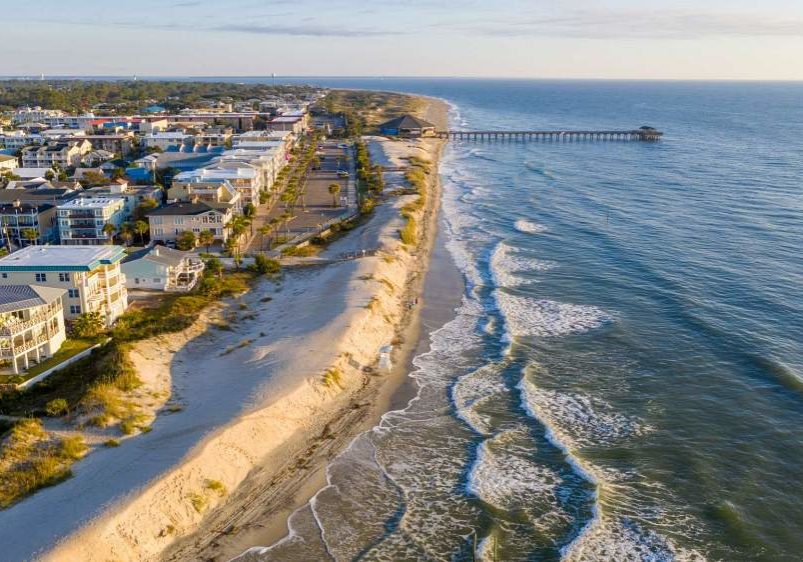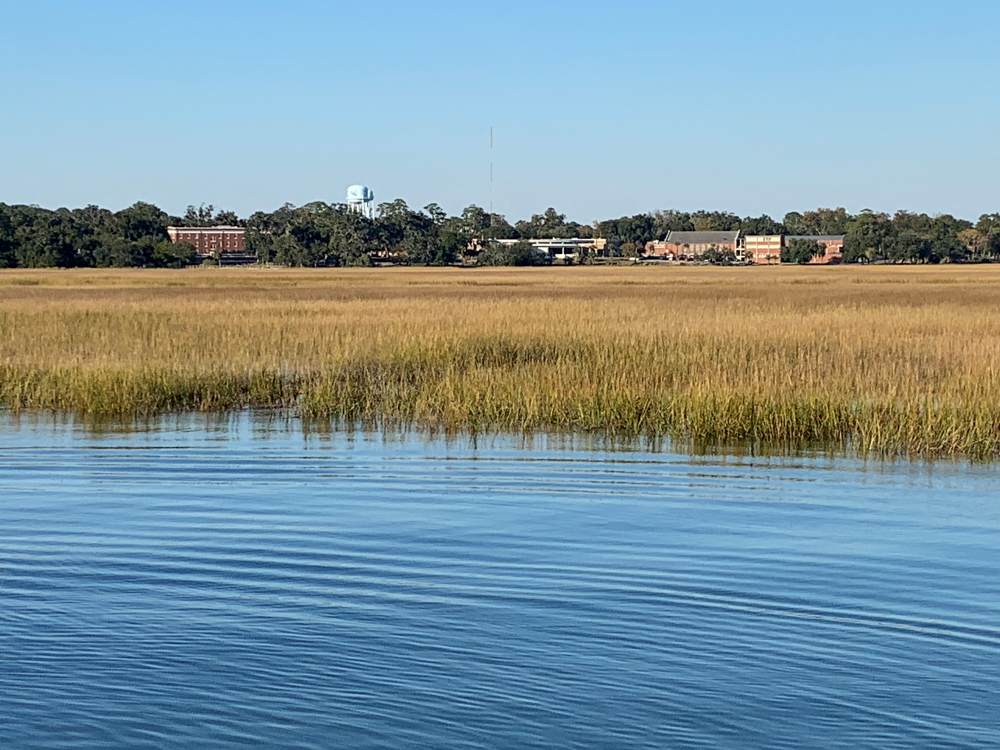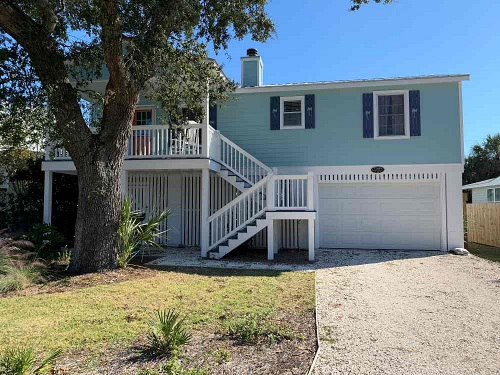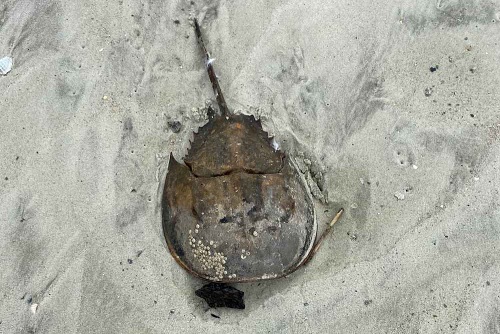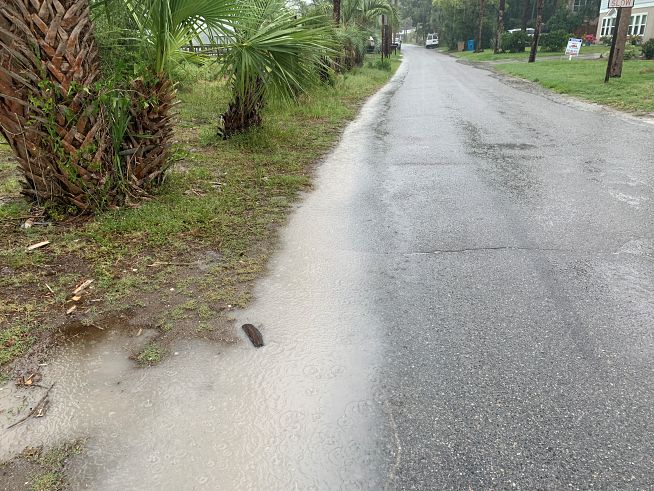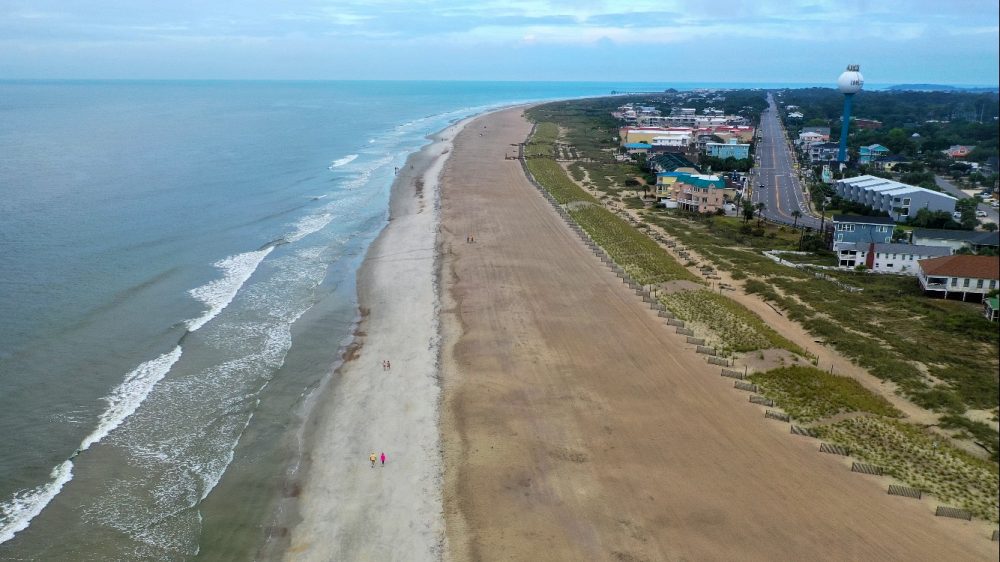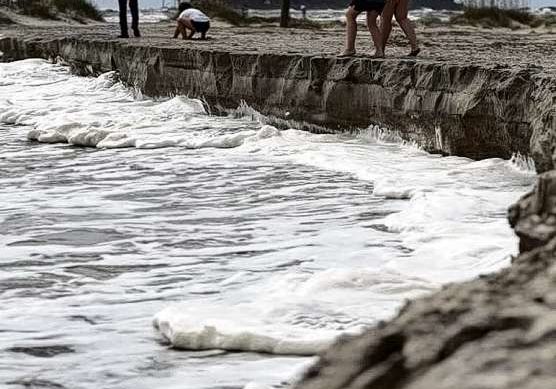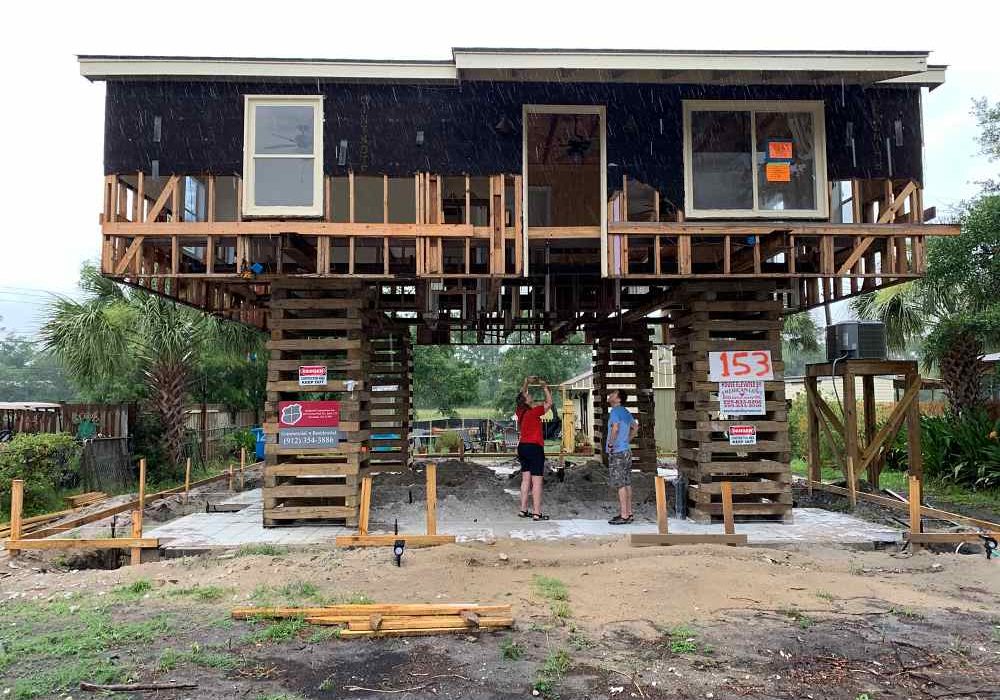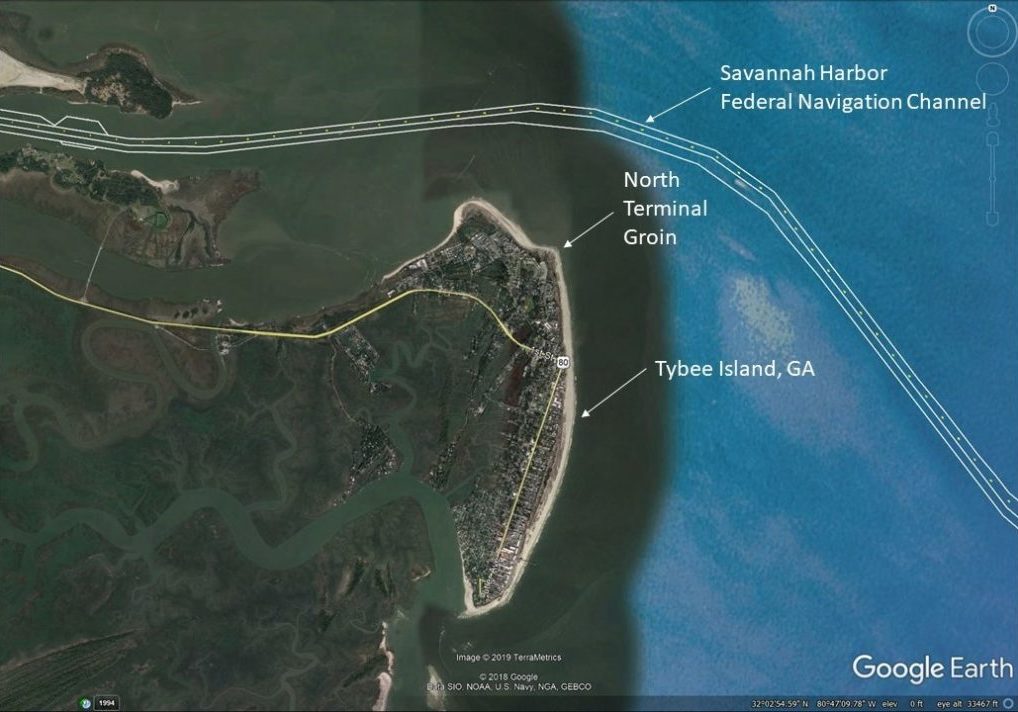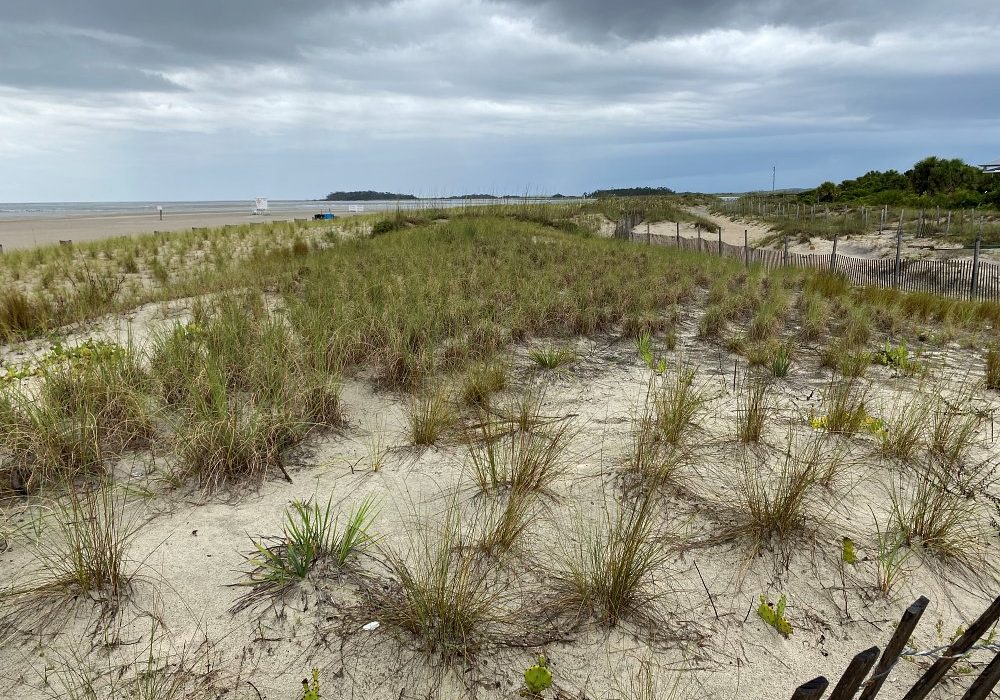Tybee Island is a barrier island located 11 miles east of Savannah in Chatham County, Georgia. It belongs to a series of barrier islands that stretch along the Atlantic coast from North Carolina to Florida. The island is bounded to the north by the Savannah River, to the east by the Atlantic Ocean and to the south and west by Tybee Creek and a vast tidal marsh system.
Why it Matters
For over a decade, Tybee Island has been strengthening its resilience to weather and climate threats. This has included preparing for hurricanes, adapting to flooding, restoring natural ecosystems and building diverse partnerships. As the first community in Georgia to adopt a plan for sea level rise, Tybee Island is on the front lines of coastal innovation and leadership in preparing for the future.
Tybee Island has received a number of awards for its resilience initiatives, including:
2020 American Shore and Beach Preservation Association Best Restored Beach
2017 University Economic Development Association Award of Excellence
2014 NOAA Sea Grant National Superior Outreach Program Award
A Resilient Tybee Island
Tybee Island is a popular summer beach resort. During peak holiday weekends, the population can go from 3,000 full-time residents to upwards of 50,000 visitors. Tourism provides a critical backbone for the island's economy, while generating unique challenges for the community's natural resource, transportation and infrastructure systems.
Tybee Island is also home to an environmentally fragile ecosystem. It is a federally protected nesting habitat for sea turtles and three endangered bird species. Tybee is part of the Western Hemisphere Shorebird Reserve Network, hosting hundreds of thousands of migrating shorebirds each year as a critical stopover on their way from South America to Nova Scotia.
News
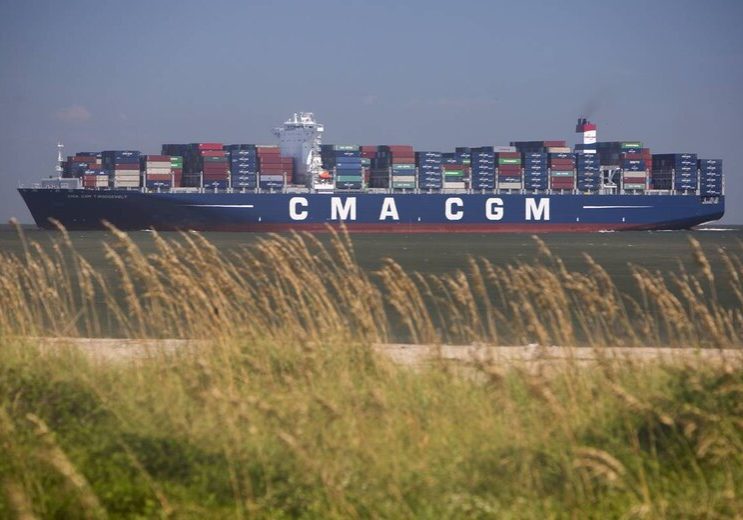
Ship Wake Study Instrument Placement
